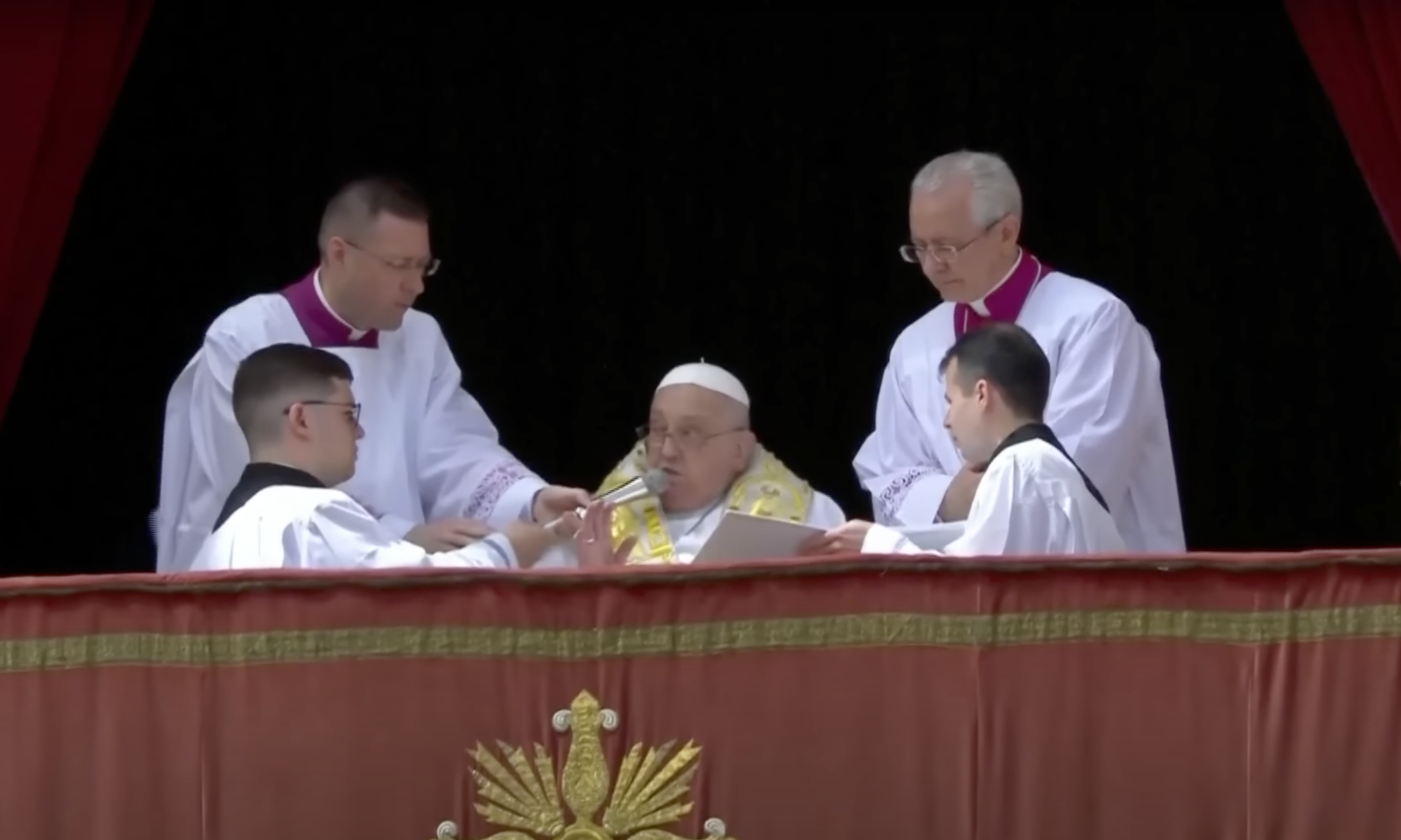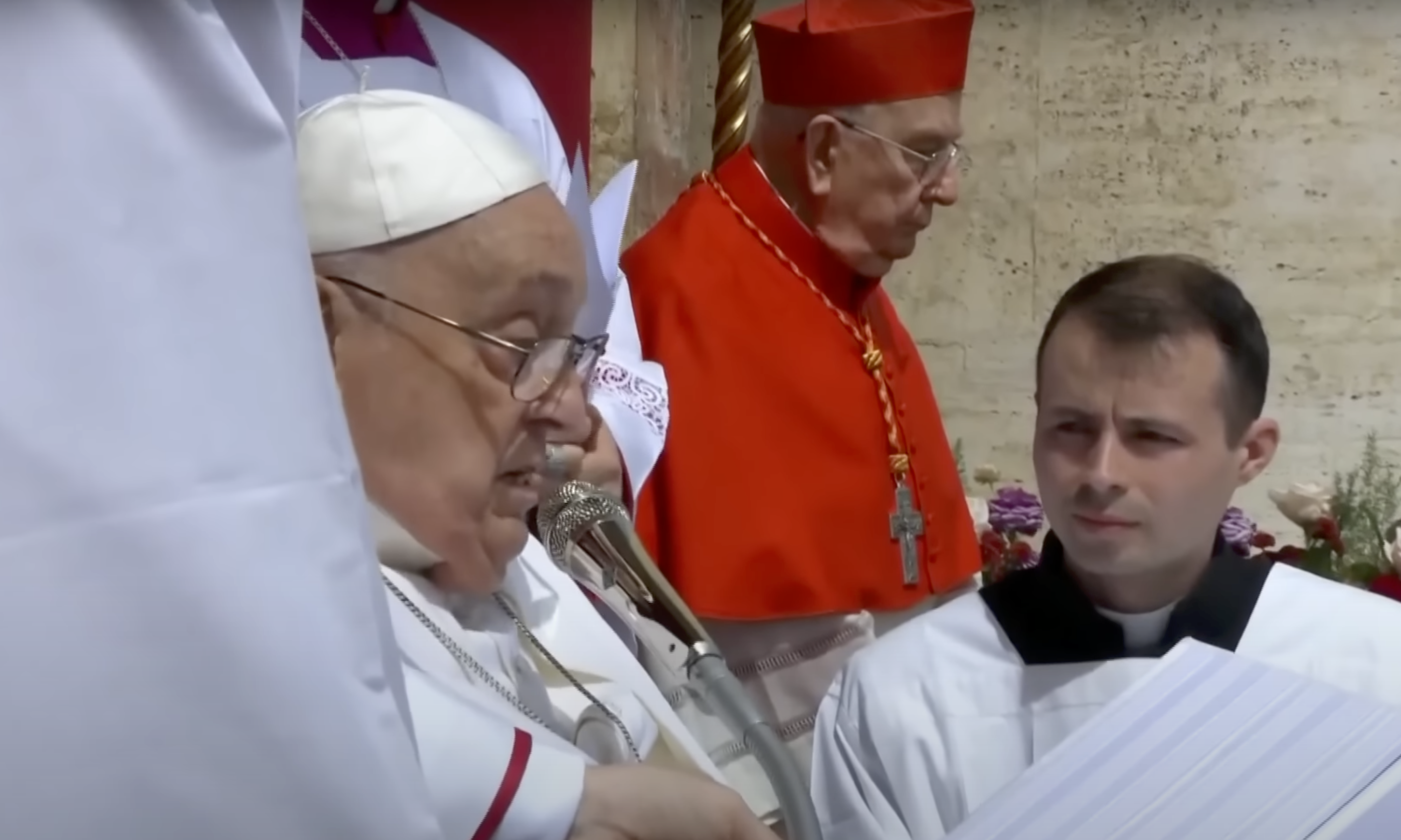“The Holy Father has shown significant and steady improvements. He will return to Casa Santa Marta tomorrow, where he will continue a tailored convalescence program under close medical supervision.”
A Vatican‑released video captured the Pope smiling and waving at well‑wishers gathered outside the hospital. Later that day, he expressed gratitude to the crowd, calling out to a woman he recognized and blessing the assembly before returning to the Vatican.
3. A Poignant Return to Public Ministry
3.1 Encounters at Casa Santa Marta
Back at his modest residence in Casa Santa Marta, Pope Francis resumed limited audiences and private prayer. Over the next weeks, he received visiting heads of state, religious leaders, and Vatican officials in a series of short, carefully scheduled meetings. Among those who called were Britain’s King Charles III and Queen Camilla, whom the Pope greeted with warmly whispered anniversary congratulations. These brief audiences underscored his insistence on maintaining pastoral duties despite physical constraints.
3.2 High‑Profile Meeting with U.S. Vice President
On Easter Sunday morning, just hours before his appearance in St. Peter’s Square, Pope Francis received a courtesy visit from U.S. Vice President J.D. Vance. The two discussed global conflicts and migration policy, areas in which they have historically held divergent views. While the meeting was described as cordial and primarily ceremonial — a standard Easter greeting — it demonstrated the Pope’s ongoing engagement with pressing international issues.
4. The Final Hours and Passing
4.1 Easter Monday Announcement
On Easter Monday, April 21, 2025, at approximately 6:15 a.m., Pope Francis died peacefully at his Casa Santa Marta residence. The Vatican announced:
“With profound sadness, the Holy See confirms that His Holiness Pope Francis passed away surrounded by close collaborators and medical staff. We invite the faithful to unite in prayer for the repose of his soul and for the comfort of the universal Church.”
Vatican News quickly released an in memoriam portrait: a serene black‑and‑white image framed by the simple inscription “1936–2025.” The timing — just one day after the joyous celebration of the Resurrection — cast his passing in a solemn, poignant light.
4.2 Immediate Global Reaction
World leaders, religious authorities, and lay faithful responded with outpourings of grief and tribute:
-
Catholic Bishops’ Conferences across continents announced days of mourning and special liturgies.
-
Ecumenical Partners — including representatives from Orthodox, Protestant, Jewish, and Muslim communities — lauded his efforts in interfaith dialogue and humanitarian outreach.
-
Heads of State released statements honoring his moral leadership on climate change, poverty alleviation, and social justice.
In St. Peter’s Square, it was reported that tens of thousands of pilgrims laid flowers at the foot of the obelisk, while bells tolled across Europe and beyond.
5. Reflections on a Transformative Papacy
5.1 A Pontiff of the Poor
From his first day in office, Pope Francis championed the marginalized. His decision to reside in Casa Santa Marta rather than the papal apartments, his embrace of the poor during visits to slums and refugee camps, and his washing of prisoners’ feet on Holy Thursday all exemplified his vision of a “poor Church for the poor.”
5.2 Reform of Vatican Structures
Amid scandal and calls for transparency, Francis initiated sweeping reforms of the Roman Curia. He established the Secretariat for the Economy to oversee Vatican finances, convened the first global summit on clergy sexual abuse, and reorganized key departments to enhance accountability. These efforts laid groundwork for a more open and accountable ecclesial governance.
5.3 Landmark Encyclicals
His three major encyclicals articulated a vision of faith deeply interwoven with social and environmental concerns:
-
Laudato si’ (2015) — A call to care for our common home, linking environmental stewardship with economic justice.
-
Amoris laetitia (2016) — Reflections on love in the family, encouraging pastoral sensitivity to complex personal situations.
-
Fratelli tutti (2020) — An appeal for universal fraternity and social friendship amid global crises.
These writings resonated far beyond Catholic circles, influencing international policy debates and interfaith collaborations.
5.4 Advancing Synodality
In 2021, Francis launched the first phase of a global Synod on Synodality, inviting laypeople, religious, and clergy to participate in discernment about the Church’s path forward. This “walking together” process underscored his emphasis on a participatory, listening Church, though its long‑term outcomes remain to be seen.
6. The Road Ahead: Sede Vacante and Conclave
6.1 Governance During Vacancy
With the see of Peter vacant, Cardinal Pietro Parolin, the Vatican Secretary of State, now serves as Camerlengo. His responsibilities include managing daily Vatican affairs and preparing for the conclave. Major policy decisions are on hold until a new pontiff is chosen.
6.2 The Conclave
Under canonical norms, a conclave of cardinals under age 80 must convene within 15–20 days. The College of Cardinals will assess candidates who can sustain Francis’s reform trajectory or chart a new course. Observers suggest that electors will weigh his emphasis on social justice, environmental advocacy, and pastoral outreach against the need for curial stability and doctrinal clarity.
7. Conclusion
Pope Francis’s Easter Sunday appearance — emerging from illness to bless the faithful and embrace his flock one final time — stands as a powerful coda to a pontificate defined by humility, bold reform, and unyielding compassion. His passing on Easter Monday transforms that simple act of presence into a lasting emblem of self‑giving service. As the Catholic Church mourns its shepherd, it also faces the challenge of carrying forward his vision: a Church of mercy, openness, and dialogue, ever attentive to the cries of the poor and the summons of conscience in a troubled world.
In the weeks ahead, as cardinals gather to discern the next successor to Saint Peter, the legacy of Jorge Mario Bergoglio will continue to shape the conversation. His call to “go forth” in love, to build bridges where walls stand, and to care for creation will remain touchstones for the Catholic faithful and all who aspire to a more humane, just, and fraternal global community.


